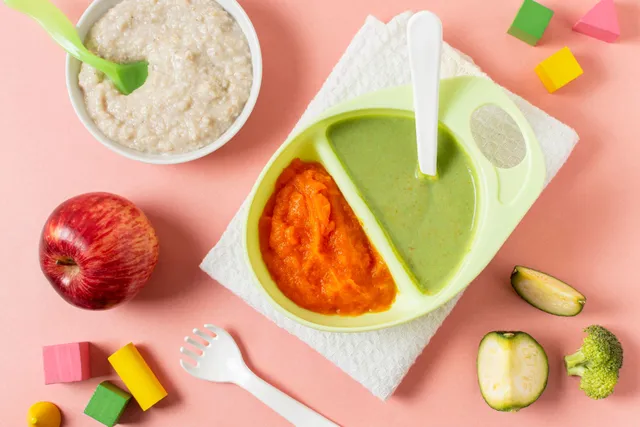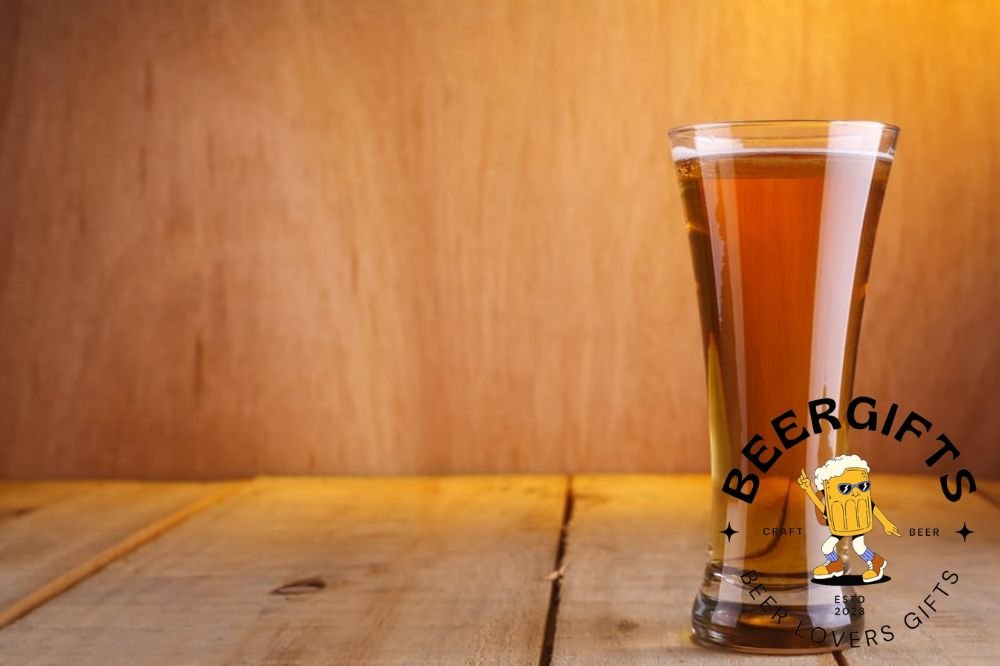Introduction
Ancient Grains in a Healthy Cereal: Have you ever strolled through the cereal aisle and felt overwhelmed by the endless options? With health trends constantly evolving, it’s easy to get lost in the hype. However, one trend that’s here to stay is the inclusion of ancient grains in our diets, especially in cereals. These grains are not only packed with nutrients but also bring a rich history to your breakfast bowl. In this article, we’ll dive into the world of ancient grains, explore their benefits, and discover how they can transform your morning routine.
What Are Ancient Grains?
Ancient Grains in a Healthy Cereal: Ancient grains are grains that have remained largely unchanged over the last several hundred years. Unlike modern grains, which have been selectively bred for higher yields, ancient grains retain their original genetic makeup. This means they often come with unique flavors, textures, and nutritional profiles. Historically, these grains were staple foods for many ancient civilizations, providing sustenance and nourishment long before the advent of industrial agriculture.
Nutritional Benefits of Ancient Grains
Why are ancient grains considered so beneficial? Let’s break it down:
High in Fiber
Ancient grains are typically high in dietary fiber, which aids in digestion and helps maintain a healthy weight. Fiber can also reduce the risk of heart disease and type 2 diabetes.
Rich in Vitamins and Minerals
Ancient Grains in a Healthy Cereal: These grains are loaded with essential vitamins and minerals like iron, magnesium, zinc, and B vitamins. They contribute to overall well-being, from boosting energy levels to enhancing immune function.
Low Glycemic Index
Many ancient grains have a low glycemic index, meaning they release glucose slowly into the bloodstream. This helps regulate blood sugar levels and provides sustained energy throughout the day.
Popular Ancient Grains Used in Cereals
Several ancient grains have made their way into cereals, each offering unique benefits:
Quinoa
Ancient Grains in a Healthy Cereal: Known as the protein powerhouse, quinoa is a complete protein, meaning it contains all nine essential amino acids. It’s also rich in antioxidants and anti-inflammatory compounds.

Amaranth
Amaranth is gluten-free and packed with protein, fiber, and micronutrients like magnesium and phosphorus. It has been a dietary staple in Central and South America for centuries.
Millet
Millet is a versatile grain that’s high in magnesium, phosphorus, and antioxidants. It’s easily digestible and often used in gluten-free diets.
Teff
Teff is tiny but mighty, boasting a high calcium content along with protein, fiber, and iron. It’s a staple in Ethiopian cuisine.
Farro
Ancient Grains in a Healthy Cereal: An ancient Roman staple, farro is high in protein, fiber, and several important nutrients like magnesium, zinc, and B vitamins. It has a nutty flavor and chewy texture.
Spelt
Spelt offers a nutty flavor and is rich in protein, fiber, and various vitamins and minerals. It’s easier to digest than modern wheat varieties.
Quinoa: The Protein Powerhouse
Ancient Grains in a Healthy Cereal: Quinoa stands out for its exceptional protein content. One cup of cooked quinoa provides about 8 grams of protein, making it an excellent choice for vegetarians and vegans. Its high fiber content aids digestion and promotes a feeling of fullness. To incorporate quinoa into your cereal, try cooking it and mixing it with your favorite nuts, fruits, and a drizzle of honey.
Amaranth: The Gluten-Free Champion
Amaranth is a boon for those with gluten sensitivities. It’s rich in protein and contains all essential amino acids, making it a complete protein. Its high fiber content supports digestive health, and its wealth of antioxidants helps fight inflammation. To enjoy amaranth in your cereal, cook it and combine it with milk or a milk alternative, adding some fresh berries and a sprinkle of cinnamon for a delicious start to your day.
Millet: The Versatile Grain
Ancient Grains in a Healthy Cereal: Millet is known for its versatility and mild flavor. It’s a good source of magnesium, which is crucial for bone health and energy production. Millet is also rich in antioxidants that protect against oxidative stress. To include millet in your breakfast, cook it and pair it with dried fruits, nuts, and a touch of maple syrup for a comforting and nutritious meal.
Teff: The Tiny but Mighty Grain
Ancient Grains in a Healthy Cereal: Teff may be small, but it’s packed with nutrients. It’s an excellent source of calcium, vital for bone health, and contains resistant starch, which supports healthy blood sugar levels. Teff’s nutty flavor pairs well with both sweet and savory ingredients. Try cooking teff and mixing it with some yogurt, honey, and chopped nuts for a balanced and tasty breakfast.
Farro: The Ancient Roman Staple
Ancient Grains in a Healthy Cereal: Farro’s chewy texture and nutty flavor make it a popular choice in salads and soups, but it also shines in cereals. It’s rich in fiber, protein, and various micronutrients like magnesium and zinc. Farro can help improve digestion and maintain a healthy heart. To add farro to your cereal, cook it and combine it with some fresh fruit, a dollop of Greek yogurt, and a sprinkle of chia seeds.
Spelt: The Nutty-Flavored Grain
Spelt offers a distinctive nutty flavor and is easier to digest than modern wheat. It’s rich in protein, fiber, and essential nutrients like iron and magnesium. Spelt can boost your energy levels and support muscle function. To enjoy spelt in your cereal, cook it and mix it with some almond milk, sliced bananas, and a dash of vanilla extract for a delicious and nutritious breakfast.
Comparing Ancient Grains to Modern Grains
When comparing ancient grains to modern grains, several factors come into play:
Differences in Nutritional Value
Ancient grains often have higher levels of protein, fiber, vitamins, and minerals compared to their modern counterparts. This makes them a more nutrient-dense option.
Digestibility
Many ancient grains are easier to digest than modern grains, making them a good choice for those with digestive issues or gluten sensitivities.
Environmental Impact
Ancient grains are typically grown using traditional farming methods that are more sustainable and environmentally friendly than the industrial practices used for modern grains.
How to Choose the Best Ancient Grain Cereal
When selecting ancient grain cereals, keep the following tips in mind:
Reading Labels
Ancient Grains in a Healthy Cereal: Look for cereals that list whole grains as the first ingredient and avoid those with added sugars or artificial ingredients.
Understanding Ingredient Lists
Choose cereals with simple, recognizable ingredients. The shorter the ingredient list, the better.
Choosing Organic Options
Whenever possible, opt for organic cereals to avoid pesticides and genetically modified organisms (GMOs).
DIY Ancient Grain Cereal Recipes
Making your own ancient grain cereal at home is easy and allows for customization:
Simple Homemade Recipes
- Quinoa and Berry Breakfast Bowl: Cook quinoa, and top with fresh berries, nuts, and a drizzle of honey.
- Amaranth Porridge: Cook amaranth with almond milk, and add cinnamon, vanilla, and chopped fruits.
- Millet and Nut Cereal: Cook millet, and mix with nuts, dried fruits, and a touch of maple syrup.
Tips for Customization
Experiment with different grains, fruits, nuts, and spices to find your perfect combination.
Storage Tips
Store your homemade cereal in an airtight container in the refrigerator to keep it fresh.
Where to Buy Ancient Grain Cereals
Ancient grain cereals are available in various places:
Online Stores
Websites like Amazon and Thrive Market offer a wide range of ancient grain cereals.
Health Food Stores
Stores like Whole Foods and Trader Joe’s often stock a variety of ancient grain cereals.
Supermarkets
Many supermarkets have a health food section where you can find ancient grain cereals.
Conclusion
Ancient Grains in a Healthy Cereal: Incorporating ancient grains into your cereal is a simple yet effective way to boost your nutrition and start your day on the right foot. These grains offer a wealth of benefits, from improved digestion to sustained energy, making them a valuable addition to any diet. So why not give ancient grain cereals a try? Your body will thank you!
FAQs
What are ancient grains?
Ancient grains are grains that have remained largely unchanged for centuries, retaining their original genetic makeup and nutritional profiles.
Are ancient grains better than modern grains?
Ancient grains often have higher levels of protein, fiber, vitamins, and minerals compared to modern grains, making them a more nutrient-dense option.
Can I eat ancient grain cereals if I have gluten sensitivity?
Many ancient grains, like quinoa, amaranth, and millet, are gluten-free and safe for those with gluten sensitivities.
How do I store ancient grain cereals?
Store ancient grain cereals in an airtight container in a cool, dry place to maintain freshness. Homemade cereals should be refrigerated.
Can I mix different ancient grains in my cereal?
Yes, mixing different ancient grains can provide a variety of flavors and nutritional benefits. Experiment to find combinations you enjoy.




